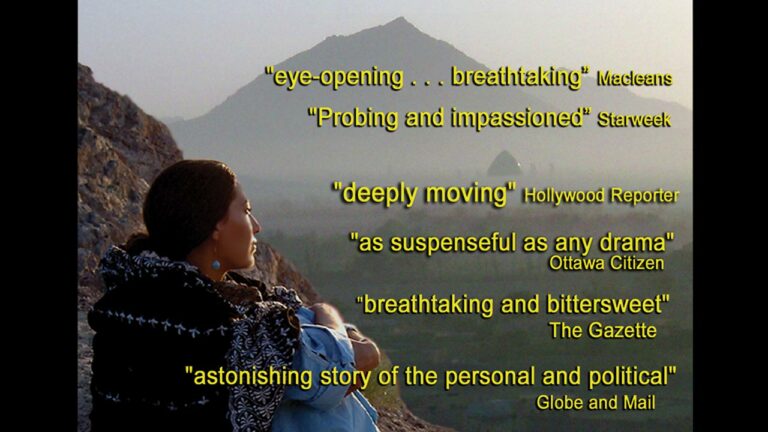A film by Paul Jay. What is the meaning of language? How and where did it begin? This highly original and challenging film examines these questions as it explores human evolution and the development of language. THE BIRTH OF LANGUAGE uses a unique combination of extraordinary documentary footage, expert interviews and dramatic re-enactments to unravel the fascinating origins of language, the essential differences between human and animal communication and the relationship between language and thought.
Featuring such renowned experts as anthropologists Jane Goodall and Sherwood Washburn, the film compares the special language ability of humans to the instinctual and involuntary form of communication used by animals. Theories are illustrated by remarkable animal footage including the famous Chantek ape experiment in which an orangutan is taught to communicate with American Sign Language. The varied information presented in THE BIRTH OF LANGUAGE strongly supports Charles Darwin’s theories on evolution and natural selection.
Presenting complex social and biological concepts in a logical and accessible format, THE BIRTH OF LANGUAGE explains the mystery that sets the human race apart from all other animals: the ability to think and translate our abstract ideas into concrete realities.
TVO looks in to language
JOHN HASLETT CUFF
11/03/1986
The Globe and Mail
C11; (ILLUS)
All material copyright Thomson Canada Limited or its licensors. All rights reserved.
The Globe and Mail
TVO is beginning its annual membership drive tonight, hoping to recruit 11,300 members and an additonal $450,000 in pledges. True to its mandate, the educational network is showing a very educational program, The Birth of Language (at approximately 8:05 p.m.).
The 60-minute documentary attempts to explain some of the current and more controversial theories on how and why humans, of all the species on Earth, developed language. The bulk of research has gone into work with gorillas, chimpanzees and orangutans in search of a connection between their communication abilities and that of man’s earliest ancestors. But, in the view of some experts, there is very little connection. “The basic concept of the film is that animal and human language cannot be equated,” says writer/director Paul Jay, of Toronto’s High Road Productions.
The Birth of Language contains footage of “ape language” experiments that took place in Florida and Tennessee, as well as interviews with prominent linguists and anthropologists, such as Jane Goodall. This is combined with dramatic re- enactments of Neanderthal man “40,000 or 50,000 years ago” demonstrating their rudimentary attempts at communication. For these re- creations the filmmakers used heavily made-up actors and shot them “hunting” on an Ontario wildlife reserve. Actor Richard Monette ties the package together with a relaxed narration that is neither pedagogical nor artifically dramatic in the manner of some popular wildlife shows.
The film was researched and shot over the course of a year after Jay and his cinematographer/partner Joan Hutton approached TVO in June 1985. TVO, Telefilm Canada and private investors put up the $211,000 cost of the documentary. “It’s really our first project of this nature and scope,” said Jay, “and we spent more than six months researching it. What we really want to stress is that what makes humans different is that they transform nature and in the process transform themselves, and language is a product of that.”
If there is a fault in this generally well-packaged and intelligently constructed anthropological lesson it may be that when it segues into the ape-language experiments, it digresses too soon and for too long from its explication of theories on the development of language. These vignettes are intended to support the thesis that ape language is qualitatively different, not just quantitatively different, according to Jay. Yet the experiments are so interesting in themselves, one easily loses track of that argument. Still it is a thought-provoking show a






I watched your film on the development of language. You seem to say in the beginning that spoken language began about 50,000 years ago. I would be greatly surprised if spoken language arose so late in human history. Let alone the fact that the film refers to “spoken language,” which is the human version of language. So by definition, spoken language is limited to humans. I have seen a film about prairie dog communication. They make different sounds to represent different threats to warn other prairie dogs. This includes different sounds for different birds of prey, different predator animals, and even included different sound for people coming depending on the color of clothes they wear. By any definition of symbolic thought, this qualifies as symbolic thought. Certainly we cannot get the higher primates to speak our language – but we are incapable of speaking, for instance, prairie dog language. Humans are unique only in the level of development of language and symbolic thought, not in its existence.
It’s not the language itself that is unique, it’s language as the fabric of abstract thought that is unique.